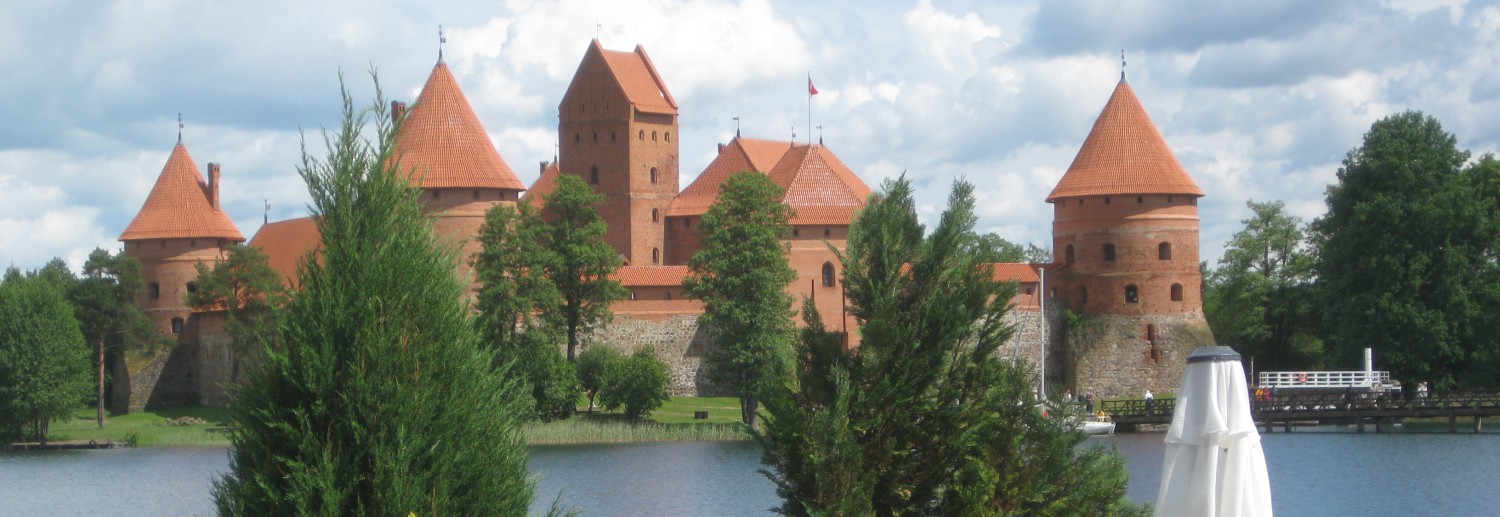Following is a presentation I gave at a two-day symposium, “Beyond Dichotomies: Rethinking the Liberal Agenda,” at The Central European University on March 28, 2017. The day the symposium began the University was informed of government-sponsored legislation that, if adopted, would effectively shut down CEU. The legislation passed yesterday, April 4, and is currently pending signature by Hungary’s president. For background, see New law imperils Central European University’s future in Hungary,Inside Higher Education, April 5, 2017.
*******
When I read that title for our symposium would be “Beyond Dichotomies: Rethinking the Liberal Agenda,” it struck me that participants were likely to have different understandings of what “liberal” and “liberalism” meant, which would make it difficult to collectively rethink the “liberal agenda.” So I thought I would take to take the opportunity to discuss “liberalism” as a concept, and clarify, at least for myself, what I mean by the term. I also thought it would be useful to consider how liberalism – again as I understand it – relates to other key concepts, including the obvious one, democracy, but also others such as Popper’s notion of the open society, neo-liberalism, the liberal international order, globalization, and multiculturalism.
To that end, I asked a Berkeley PhD candidate in political science, Melissa Samarin, to do a literature review for me and put together a sample of treatments of the concept by authoritative authors, as well as a smaller sample of definitions of those other related terms, which I’ll put up on blog as a PDF if anyone is interested. [Link: Samarin: Liberalism and related concepts.]
So let me start with a few general points about liberalism the concept. Continue reading
